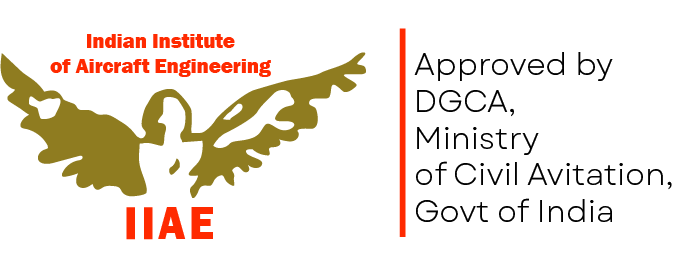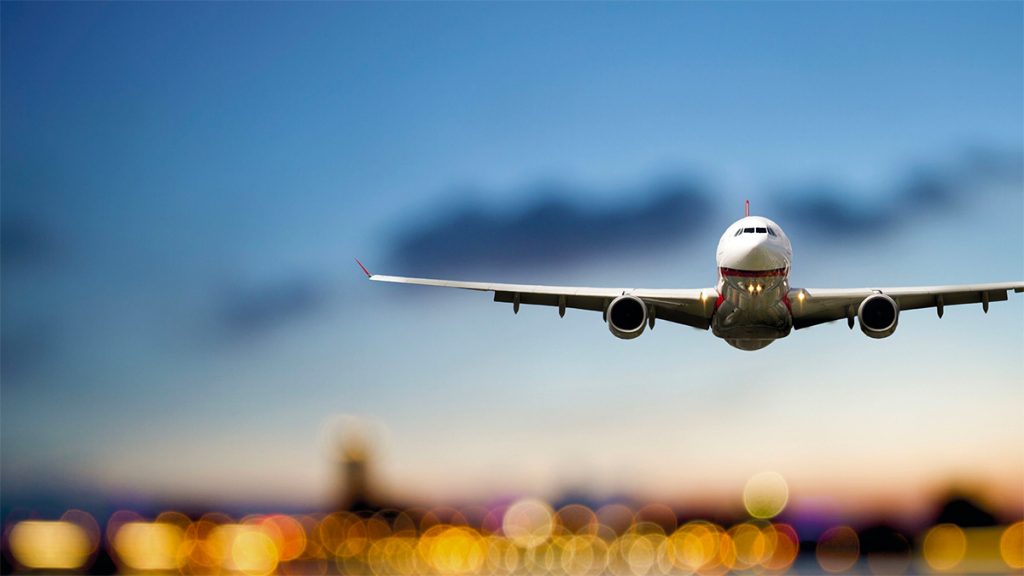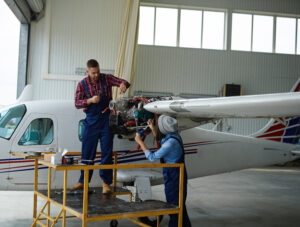Why is Aircraft Maintenance Engineering considered a global challenge?
For major part of the last decade, the Aviation Industry has been blistered by the Strong Foundation of Positive Economic Trends and Strong Employment Opportunity as an Aircraft Maintenance Engineer (AME), Pilot and Cabin Crew. The growing GDP, Very Positive Economic Trend, Low Inflation and strong Consumer Purchasing Power are the factors, which contributed to the Globalization of the Middle Class, rendering the increase in demand for Air Travel, which sets the trend of very fast growth of Aviation Industry in India as the highest in the world today. This phenomenal growth in the Air Travel in India set the unstoppable addition of the new Aircrafts to cater for the growing demand of increasing Air Travel in India and elsewhere in World too.
However, the temporary downtrend during the Pandemic for the two odd years and then it revived to reach the Pre-Pandemic Era in 2024 and 2025 has seen the further jump of 8% growth of till March, 2025, compared to the same period in 2024. As per the data of Indian Ministry of Civil Aviation, India is heading for the bumper growth of Civil Aviation Sector, which can be seen by the Combined Order of 1500+ New Aircrafts by the Airlines in India to be delivered between 2025 to 2027 and the number may further increase beyond 2027, when India is poised to be the Third Largest Aviation market in the world after United State and China. It can also be seen by the growth of Airports from 74 in 2014 to 157 in 2024 and is proposed to go upto 350-400 by 2047.
Considering over 140 Billion Indian Population and rising GDP is enabling the large number of Indians to opt for the Air Travel over the other Continental transport system. The Airlines of India are expected to fly over 500 Million of passengers every year. Handling such a large number of Passengers will have its own handling challenges, considering the Safety and Stiff regulatory issues. This means that enormous bigger issues like Trained and Qualified Aviation personal such as Aircraft Maintenance Engineer (AME), Pilot, Cabin Crew and other Commercial as well as Ground handling Support Professionals have to be pre- resourced from Aircraft Maintenance Engineering (AME)Colleges, Flying Training Institute, Cabin Crew Training Institute and Other Ground Handling Training Facilities for the safe Airborne operation.
What is the Training Infrastructure in India?
There are limited Training Resources in India, who maintains the Quality and Check. Indian Institute of Aircraft Engineering(IIAE), Delhi is one such high credibility Aircraft Maintenance Training Organisation (MTO), which is committed to produce the Top class AME’s with the rigorous training to meet the very high Aviation Standard. It is proposed that over 4000 Aircraft Maintenance Engineers (AME’s) and Certifying Professionals will be trained by IIAE as per the International Norms and Standards through its IIAE Delhi and proposed Mumbai and Bangalore Branches at its full operational capabilities by 2035, while understanding the need of the Future Aviation growth in India, the Govt. of India on its part has fully relaxed its norms and standards and actively creating Aviation Infrastructure to accommodate the operational needs of the Aviation Industry in India.
Apart from the Aircraft Maintenance Engineering, the Pilot Training and other Aviation Engineering area such as Airport development, Air traffic Controller, and Aviation Computation Professionals have to be trained by the related Aviation Training colleges elsewhere in India. The Massive requirement of Aviation Professionals inclusive all, with the high class training, meeting all the Aviation standards, will be the essence of the Future Success of the Aviation Sector in India.
Conclusion
Aircraft Maintenance Engineering (AME) is an indispensable pillar of global aviation safety, yet it is increasingly challenged by a range of interconnected global issues. These include a shortage of qualified personnel, varying international regulatory frameworks, rapid technological change, and heightened economic and environmental pressures. As the aviation industry expands, especially in emerging markets, the gap between demand and supply of skilled AMEs widens, threatening operational efficiency and safety. Addressing this global challenge requires a multi-faceted approach—standardizing international regulations, investing in next-generation training, fostering cross-border collaboration, and leveraging advanced technologies. A sustainable future for aviation hinges on how effectively the world responds to these critical maintenance engineering challenges.
Frequently Asked Questions (FAQs)
- Why is Aircraft Maintenance Engineering considered a global challenge?
Because of the increasing demand for air travel, evolving aircraft technologies, a global shortage of licensed professionals, and the lack of standardized regulations across regions, which complicate maintenance and compliance. - What qualifications are required to become an Aircraft Maintenance Engineer?
AMEs typically require certification from national or international aviation authorities (e.g., EASA, FAA, DGCA) after completing specialized training and passing rigorous theoretical and practical examinations. - How do global regulations affect AME practices?
Each region has its own aviation regulatory body, which can lead to discrepancies in standards, certification, and practices. This complicates international operations and limits the mobility of maintenance professionals. - What technological trends are shaping the future of aircraft maintenance?
Technologies such as predictive maintenance, AI-powered diagnostics, digital twins, and the use of drones for inspections are revolutionizing how aircraft are maintained and monitored globally. - What strategies can help overcome the global AME talent shortage?
Improving awareness and outreach, expanding access to accredited training programs, encouraging gender diversity, and creating international licensing equivalency are essential steps in bridging the skills gap.




